As any one of us, youth must act against gender-based violence and gender inequality. As the world celebrates International Women’s Day, the prospect of egalitarianism applying as fully to women as to men still seems a long way off. According to the World Economic Forum’s Global Gender Gap Report 2020, it may take another 99.5 years to achieve it. And the COVID-19 crisis is not helping. It fuels the ‘shadow pandemic’ of domestic violence. In this blog, our Youth intern Victoire de Camaret looks at some of the challenges in policing violence against women and girls.
In 1993, the UN General Assembly defined violence against women as “any act of gender-based violence that results in, or is likely to result in, physical, sexual or psychological harm or suffering to women, including threats of such acts, coercion or arbitrary deprivation of liberty, whether occurring in public or in private life”. Almost thirty years later, violence against women remains one of the most systematic and widespread human rights violations. UN figures show that more than a third of women worldwide have suffered physical and/or sexual violence at some point in their lives. This goes not only for the least developed or developing countries, but also for those developed countries that have the most advanced laws to fight violence against women. In 2014, the European Agency for Fundamental Rights published a survey showing that one in three European women had been physically or sexually abused since the age of 15. In addition, more than half of women had been victims of sexual harassment and one in twenty women had been raped.
This must stop.
The Challenges In Addressing Gender-Based Violence
In view of the many challenges that remain to be addressed, combating violence against women is obviously not an easy task.
Despite growing awareness and the increasing number of measures taken by governments and civil society to combat this global scourge, it is clear that there is a persistent gap between decisions made by policy-makers and what is actually happening on the ground. This is certainly due to a combination of institutional disconnect and the still strongly patriarchal nature of societies. The majority of positions of responsibility are still held by men who may feel little concern about violence against women or may not fully realise the extent of the damage it causes. For the damage is indisputable: the physical and psychological consequences, whether immediate or long-term, can be devastating for the victims.
Violence against women and girls also has an important economic impact. Research shows that the cost of violence against women could amount annually to around 2 percent of the global gross domestic product. This is equivalent to approximately 1.5 trillion USD, the size of the economy of Canada. Understanding that violence against women is not just a women’s issue, but concerns all of humanity, and that more appropriate measures need to be taken is therefore of crucial importance.
Patriarchal societies, denials, lack of listening and understanding have all contributed to the existence of a strong culture of silence among women who fall victim to domestic violence. These, of course, are not the only reasons for this silence. Fear of reprisals, shame and stigma also play a role. In most countries, only 40 percent of women seek help of any kind after experiencing violence, and only 10 percent go to the police. This is a real problem not only for women who find themselves in a situation of great distress, but also for those people who do not fully appreciate the urgency of the situation because too few cases of violence are reported.
In the final analysis, one of the biggest challenges lies in the evolution of perceptions and mentalities. Changing the law is indeed easier than changing the culture. Yet this is crucial as it is undoubtedly the root cause of violence against women and girls. It is necessary to change the social norms with regard to the overall perception of the respective roles of men and women and the acceptance of violence.
More Needs To Be Done
As stated above, there is a growing awareness of violence against women and girls around the world and many countries have committed themselves to combating it. According to the World Bank, at least 155 countries have passed laws on domestic violence, and 140 have legislation on sexual harassment in the workplace. But more needs to be done to address violence against women and girls.
Above all, new ways must be found to change mentalities and overcome the lack of understanding of the authorities and society at large. It is about educating, denouncing, preventing and listening. It is about giving a voice not only to women but also to men who have a crucial role to play because they can be heard when women are not. It is about helping victims overcome the physical and psychological damage caused by violence. It is about supporting them in their reintegration into society. It is about making more funds available for this cause.
To this end, we need a global and sustained collective effort. As a young person, I believe that youth has a key role to play here: we are the actors of tomorrow and in order to live in a better, fairer and safer world, we must take action. This is all the more important today if we do not want the COVID-19 crisis to undermine the efforts that have been made so far.
We should take inspiration from all the existing mobilisations and initiatives. To name but a few, I will mention Young Feminist Europe, an open platform that aims to amplify young feminist voices and activities across Europe; the #MeToo campaign that has helped to make the voice of victims heard on all five continents; the ‘Skirt Day’ initiative in France; or the #She Talks Dialogue in Malawi. And let’s not forget the young women who are at the forefront of the campaign against Poland’s near-total ban on abortion.
All these initiatives are driven by a common will to denounce and combat violence against women and girls. We all have a duty to act and we must act, each at our own level, whether on a large or small scale.

